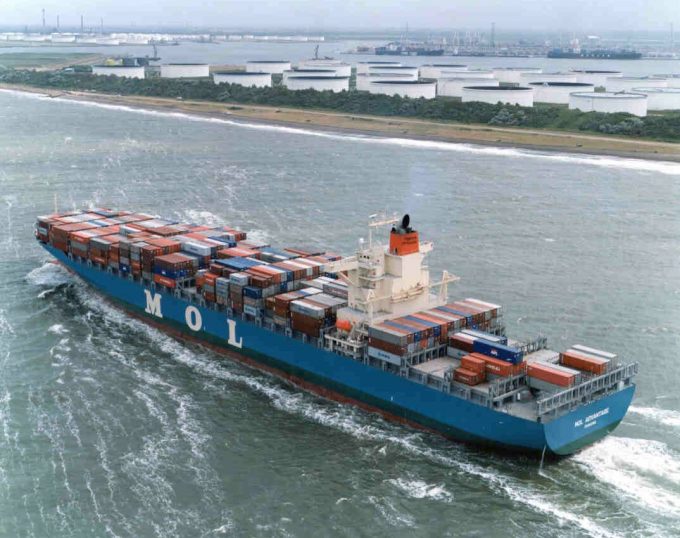'Strong start' to 2025, despite market uncertainty, says Kuehne + Nagel
Swiss 3PL Kuehne + Nagel today reported double-digit increases in revenues and profits for the ...

Japan’s MOL said today that it is forecasting a massive $1.45bn loss for its fiscal year ending 31 March, after deciding to take the full hit of its dry bulk and container shipping restructuring into its fourth-quarter results.
It said that it wanted to “address the ...
Predatory rivals circle as the ripples from DSV's Schenker buy widen
MSC Elsa crew face criminal probe, as Wan Hai 503 firefighters battle on
Latest Israeli attack on Iran a threat to box ships in Straits of Hormuz
Industry concerns rise after yet another box ship on fire off Indian coast
'It's driving us mad', say forwarders as US court fails to end tariff turmoil
European port congestion easing – for now
More legal trouble in India for MSC: feeder vessel detained after box ship disasters
MSC to hold 15% global container terminal market share after Hutch buy
EXCLUSIVE: The good old DSV, 'Winning as One' – all Schenker top dogs out (Part 2)
EXCLUSIVE: Schenker top exec departs 'One DSV' – fishing continues (Part 1)
DHL makes €500m bid to increase its presence in 'fast-growing Gulf markets'

Comment on this article